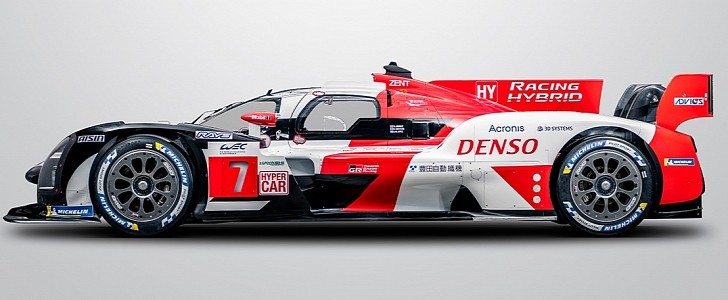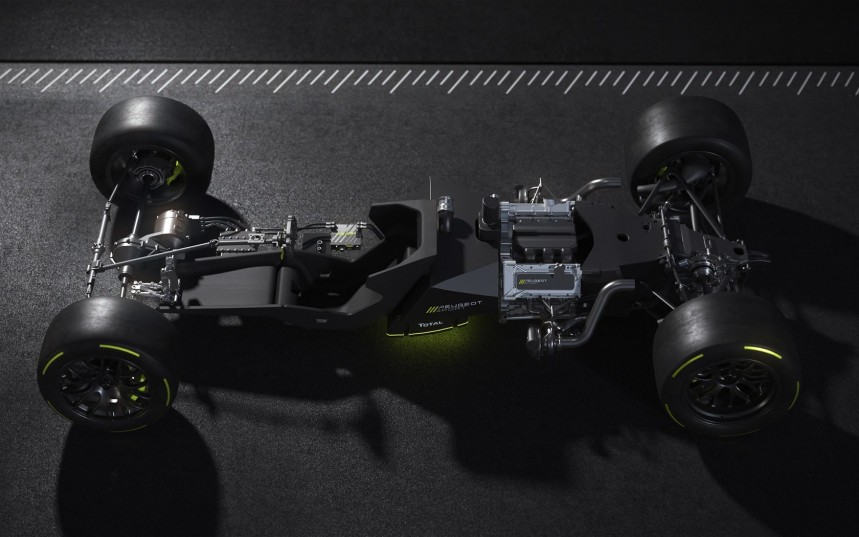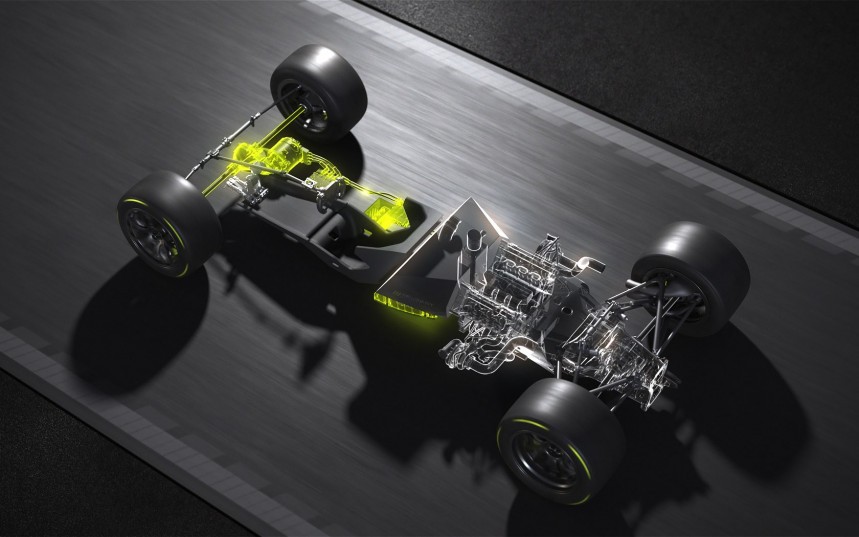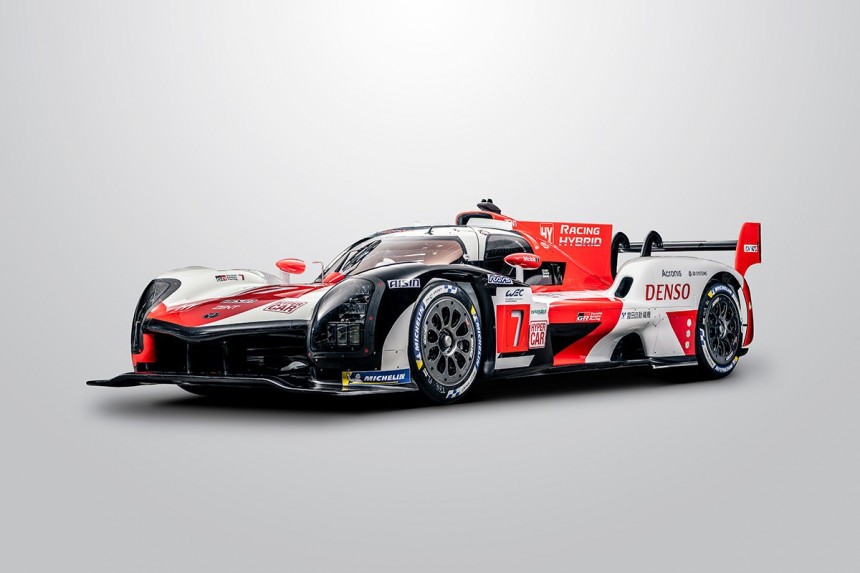As we bid farewell to the Le Mans Prototype 1 class (LMP1), which will be replaced by the new Hypercar class alongside the equally new Le Mans Daytona Hybrid (LMDh) class starting this season, we take a look at the new powertrain regulations which should make the competition appealing for major manufacturers once again.
Following the exit from the world of endurance racing of legendary carmakers like Audi and Porsche, which pulled out their works teams in 2016 and 2017, the Automobile Club de l'Ouest (ACO) and the Fédération Internationale de l'Automobile (FIA), the governing bodies behind the 24 Hours of Le Mans and World Endurance Championship, begun discussions aimed at revamping the top class to make it more appealing and cost-effective.
Manufacturers are now given a chance to create new race cars based on existing hypercars and not just bespoke prototypes, for a fraction of the budgets required until now.
To put this into perspective, a two-car team should be able to compete with a $25 million-a-year budget as opposed to the nine-figure amounts of the past.
The highlight of these new regulations is the absolute freedom of engine displacement, but given the fact that Porsche dominated the class with a 2.0-liter turbo V4, don’t expect to see 15-liter V12s anytime soon.
Still, this gives teams the independence to start with a hypercar powertrain as long as it includes a four-stroke petrol engine with a minimum weight of 165 kg (364 lbs) and modify it for competition, instead of developing a completely new one.
Permitted modifications include new blocks and cylinder heads made from lighter materials, though they must be manufactured using the same casts as the production version.
The engines must include the same number of camshafts, and their location needs to be the same as the source unit. Also, cylinders must only use standard, four-valve configurations, meaning two inlet and two exhaust valves.
Cars that use a hybrid energy-recovery system are prohibited from using KERS units that exceed 200 kW (268 hp). They can only apply torque to the front wheels if the car is traveling at speeds of 120 kph (75 mph) or higher when fitted with slicks, or 140-160 kph (87-100 mph) with another type of tires.
As for the output, the new powertrains are not permitted to exceed 670 hp (500 kW) transmitted to the rear wheels, while the minimum weight of the car has must not go under 1,030 kg (2,270 lb).
Carmakers have already begun to showcase their new machines; Toyota, the sole works team remaining in the competition, revealed the GR010 Hybrid recently.
Unsurprisingly, the new race car does not mark the return of a naturally aspirated V8, but instead uses a twin-turbocharged 3.5-liter V6 along with a KERS unit. The ICE is a slightly modified version of the powerplant that led its predecessor, the TS050 Hybrid, to three consecutive Le Mans victories.
We do not expect to see many mind-blowing cars this season in the top class, but the following years will see the return of giants like Porsche (already confirmed an entry for 2023 in the LMDh class), Audi or Peugeot, and possibly Aston Martin, which intended to race a modified version of the awe-inspiring Valkyrie this season but withdrew due to the governing body’s decision to grant entry to IMSA prototypes this year.
Manufacturers are now given a chance to create new race cars based on existing hypercars and not just bespoke prototypes, for a fraction of the budgets required until now.
To put this into perspective, a two-car team should be able to compete with a $25 million-a-year budget as opposed to the nine-figure amounts of the past.
Still, this gives teams the independence to start with a hypercar powertrain as long as it includes a four-stroke petrol engine with a minimum weight of 165 kg (364 lbs) and modify it for competition, instead of developing a completely new one.
Permitted modifications include new blocks and cylinder heads made from lighter materials, though they must be manufactured using the same casts as the production version.
Cars that use a hybrid energy-recovery system are prohibited from using KERS units that exceed 200 kW (268 hp). They can only apply torque to the front wheels if the car is traveling at speeds of 120 kph (75 mph) or higher when fitted with slicks, or 140-160 kph (87-100 mph) with another type of tires.
As for the output, the new powertrains are not permitted to exceed 670 hp (500 kW) transmitted to the rear wheels, while the minimum weight of the car has must not go under 1,030 kg (2,270 lb).
Unsurprisingly, the new race car does not mark the return of a naturally aspirated V8, but instead uses a twin-turbocharged 3.5-liter V6 along with a KERS unit. The ICE is a slightly modified version of the powerplant that led its predecessor, the TS050 Hybrid, to three consecutive Le Mans victories.
We do not expect to see many mind-blowing cars this season in the top class, but the following years will see the return of giants like Porsche (already confirmed an entry for 2023 in the LMDh class), Audi or Peugeot, and possibly Aston Martin, which intended to race a modified version of the awe-inspiring Valkyrie this season but withdrew due to the governing body’s decision to grant entry to IMSA prototypes this year.












